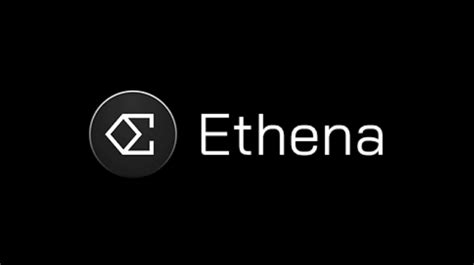Here’s a comprehensive article on Crypto, Cryptoart, and Ethereum (ENH), with a focus on IOTA:
“Mastering The Cryptocurrency Landscape: An In-Depth Look at Crypto, Cryptoart, and Ethereum (ENA)”
The world of cryptocurrency has exploded in recent years, offering investors and enthusiasts a unique opportunity to diversify their portfolios and participate in the rapidly growing digital economy. At the forefront of this revolution is the emergence of new technologies, platforms, and artists that are redefining what we consider “blockchain-based art.” In this article, we’ll delve into three key areas: Crypto, Cryptoart, and Ethereum (ENH), exploring their underlying principles, applications, and potential.
Crypto

Cryptocurrency has become synonymous with digital currencies like Bitcoin (BTC) and Ethereum (ETH). However, the concept of cryptocurrency extends beyond individual tokens. The broader category encompasses various protocols that utilize blockchain technology to facilitate secure, decentralized, and transparent transactions. These platforms are built on top of existing cryptocurrencies and offer a range of features, including smart contracts, wallets, exchanges, and more.
Some notable examples of cryptocurrency projects include:
- Bitcoin (BTC): The first and most widely recognized cryptocurrency, established in 2009 by Satoshi Nakamoto.
- Ethereum (ETH): A decentralized platform that enables the creation of smart contracts and decentralized applications (dApps).
- Cardano (ADA): A proof-of-stake blockchain with a focus on scalability, security, and environmental sustainability.
Cryptoart
Cryptoart is an emerging field that combines cryptocurrency with digital art. These unique creations often incorporate cryptographic techniques to create secure, transparent, and tamper-proof transactions. Cryptoart has gained significant attention in recent years, with many artists leveraging the potential of blockchain technology to push creative boundaries.
Some notable examples of cryptoart include:
- Vitalik Buterin’s Ethereum-based art project, “Mythical Museum,” which showcases a vast collection of digital artwork.
- The Cryptocurrency Art Fund (CAF), an online platform that allows artists to mint and sell their own cryptocurrency-backed artworks.
- The CryptoArt marketplace, a decentralized exchange for buying, selling, and trading cryptoart.
Ethereum (ENH)
Ethereum is the largest and most widely recognized blockchain platform in the world. Launched in 2015 by Vitalik Buterin, Ethereum has evolved into a versatile framework that supports various use cases beyond cryptocurrency, including decentralized finance (DeFi), non-fungible tokens (NFTs), and gaming.
Some key features of Ethereum include:
- Smart contracts: Self-executing contracts with the terms of the agreement written directly into lines of code.
- Decentralized application (dApp) marketplaces: A platform for building, hosting, and deploying decentralized applications on the Ethereum network.
- Interoperability: Ethereum’s native token, Ether (ETH), enables seamless interaction between different blockchain platforms.
IOTA
IOTA is a decentralized, open-source smart ledger technology that aims to revolutionize the way we interact with data. Launched in 2014 by David Griebel and Patrick Murdock, IOTA has gained significant attention for its innovative approach to data storage and processing.
Some key features of IOTA include:
- Distributed ledger: IOTA’s native token, Internet of Things (IoT) Token, enables secure and decentralized data storage.
- Data-intensive applications: IOTA’s focus on IoT data enables the creation of scalable and efficient data processing solutions for various industries.
- Interoperability: IOTA’s modular design allows developers to build a wide range of applications and integrate them with other blockchain platforms.
